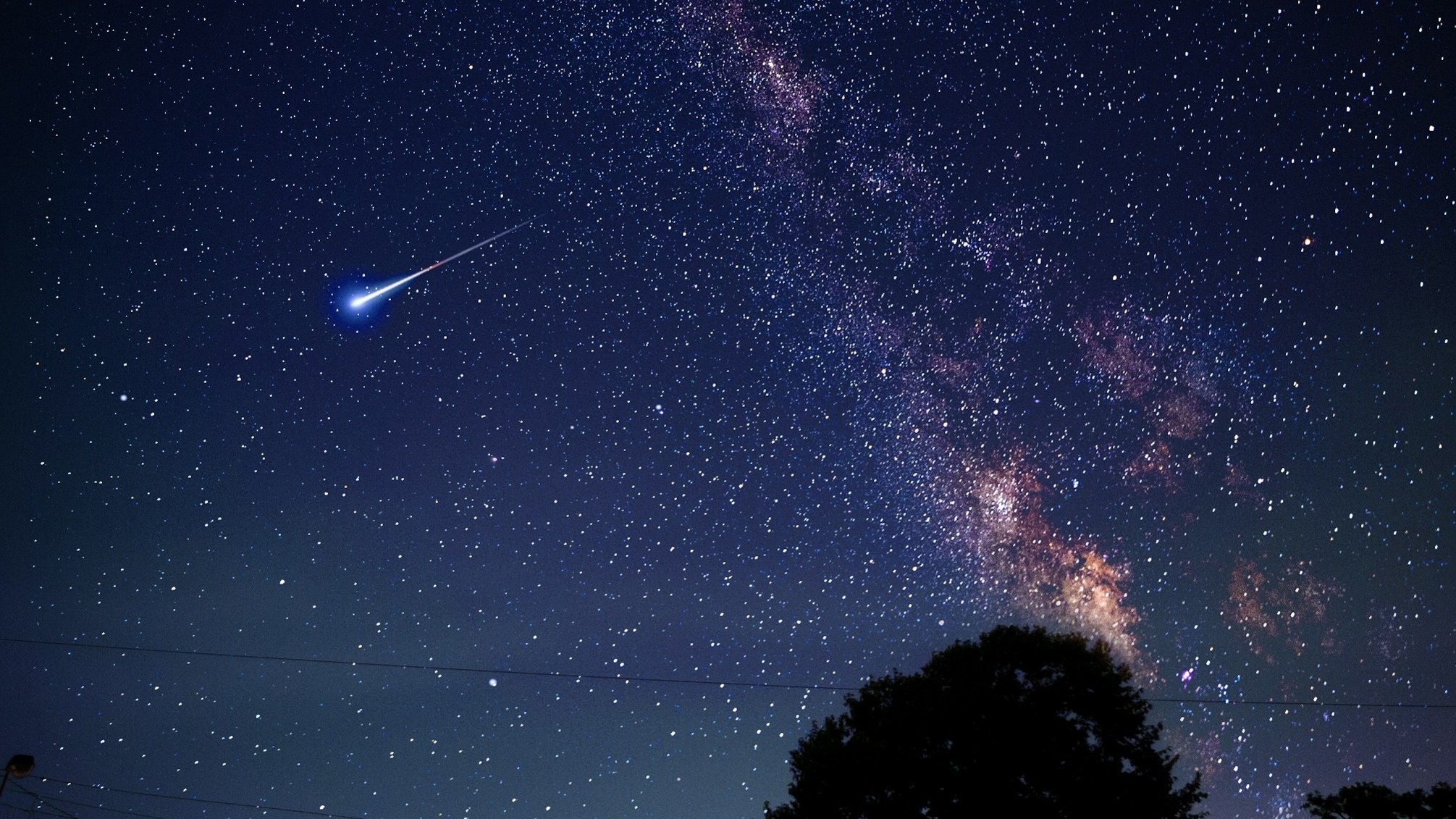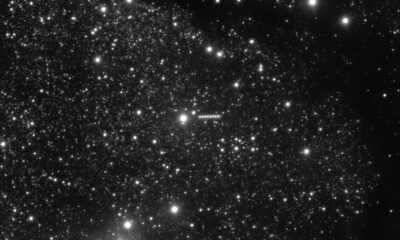Science
Interstellar Comet 3I/ATLAS Reveals Surprising Nickel Discovery

The interstellar comet 3I/ATLAS has reached a significant milestone in its journey, having passed its closest point to the Sun, known as perihelion, on October 29, 2025. This rare visitor from another star system is providing scientists with unprecedented insights into the chemical makeup of materials originating beyond our own Solar System. Recent observations have unveiled the presence of nickel vapour, a finding that could reshape our understanding of how comets form and evolve in different celestial environments.
Unusual Chemical Composition
During its perihelion, 3I/ATLAS came within approximately 1.356 AU (astronomical units) of the Sun, a close encounter that significantly energized the comet. Images captured by the Gemini South Observatory revealed that its tail became more structured as the Sun’s heat vaporized the ice and dust. However, the most striking discovery was made through spectroscopic measurements, which revealed nickel vapour in the comet’s coma. This is an uncommon finding, as comets in our Solar System typically contain lighter compounds and are rich in water ice.
The detection of nickel suggests that 3I/ATLAS may have originated in a star system with a different chemical composition than that of our own. In addition to nickel, scientists also identified cyanogen (CN) gas, further indicating that this comet is a unique and pristine sample of material from a foreign planetary system. Such findings provide vital clues about planetary formation around other stars.
Active Water Source and Future Observations
The comet is proving to be more than just a metallic enigma; it also serves as an active source of water. The Neil Gehrels Swift Observatory detected hydroxyl radicals (OH), a chemical indicator confirming that 3I/ATLAS is actively releasing water ice, even at considerable distances from the Sun. The combination of this water activity, along with observations of a carbon dioxide-rich coma and an evolving tail, affirms its dynamic, comet-like behavior.
As for its trajectory, NASA has confirmed that 3I/ATLAS poses no threat to Earth. The comet is on a one-way trip through our Solar System, moving at high speed with an eccentricity of approximately 6, indicating it is not gravitationally bound to the Sun. After this single encounter, it will continue its journey into interstellar space.
While visibility from Earth is limited, scientists are preparing for two critical observation windows. On November 3, 2025, spacecraft near Mars and Venus will observe the comet from a distance of about 97 million kilometres. The final opportunity for observation will occur on December 19, 2025, when 3I/ATLAS will make its closest approach to Earth at roughly 1.8 AU. These observations are essential as they provide a rare glimpse into material from another star system, helping scientists refine their theories on planetary formation beyond our own Solar System.
-

 World4 days ago
World4 days agoCoronation Street’s Shocking Murder Twist Reveals Family Secrets
-

 Entertainment4 months ago
Entertainment4 months agoKate Garraway Sells £2 Million Home Amid Financial Struggles
-

 Entertainment3 months ago
Entertainment3 months agoAnn Ming Reflects on ITV’s ‘I Fought the Law’ Drama
-

 Entertainment2 days ago
Entertainment2 days agoAndrew Pierce Confirms Departure from ITV’s Good Morning Britain
-

 Health3 months ago
Health3 months agoKatie Price Faces New Health Concerns After Cancer Symptoms Resurface
-

 Entertainment4 weeks ago
Entertainment4 weeks agoCoronation Street Fans React as Todd Faces Heartbreaking Choice
-

 World4 weeks ago
World4 weeks agoBailey Announces Heartbreaking Split from Rebecca After Reunion
-

 Entertainment1 week ago
Entertainment1 week agoTwo Stars Evicted from I’m A Celebrity Just Days Before Finale
-

 World1 week ago
World1 week agoKevin Sinfield Exceeds Fundraising Goal Ahead of Final Marathons
-

 Entertainment3 months ago
Entertainment3 months agoCoronation Street’s Carl Webster Faces Trouble with New Affairs
-

 Entertainment3 months ago
Entertainment3 months agoWhere is Tinder Swindler Simon Leviev? Latest Updates Revealed
-

 Entertainment4 months ago
Entertainment4 months agoMarkiplier Addresses AI Controversy During Livestream Response





















